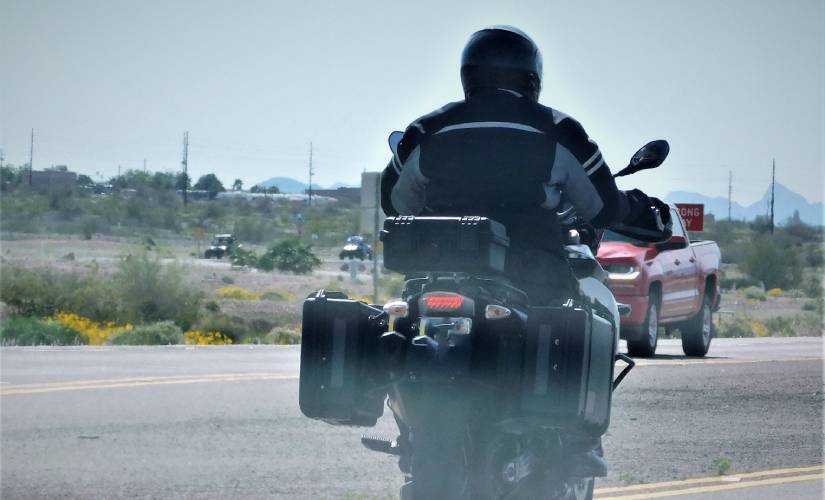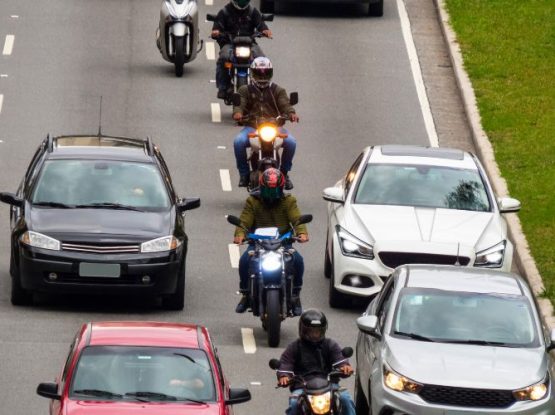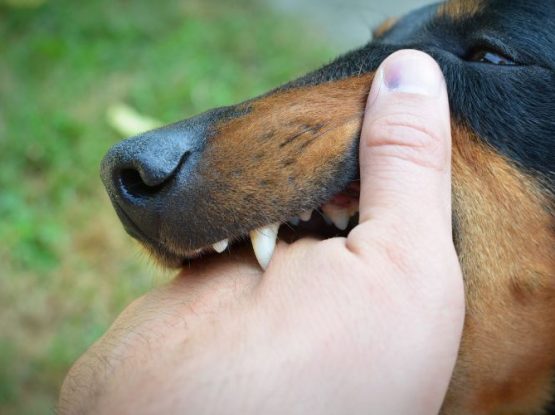According to the Insurance Institute for Highway Safety (IIHS), the US helmet laws have made it compulsory for all motorcyclists, irrespective of age and gender, to wear a safety helmet when riding. And just putting on a helmet won’t do. Your helmet should comply with the quality and safety standards set forth by the U.S. Department of Transportation. Motorcycle accidents put you at an increased risk of a traumatic brain injury and other serious head injuries that can cause permanent damage to your brain or, even worse, death.
According to Crash Stats by the U.S. Department of Transportation, a helmet saved 1,872 bikers’ lives in 2017 and could have saved 749 people if they wore a helmet. A crash helmet is the only most-protective gear a biker can own, so choosing the one that doesn’t only meet the safety standards but fit your head and feels comfortable is important.
Helmets are available in various sizes, shapes, and a vast range of shades that give you plenty of options to choose from. With so many of them on the rack, picking the right one can get pretty overwhelming. Let’s check out our tips on how to choose a motorcycle helmet.
Find a Motorcycle Helmet that Fits Your Head
A helmet can mean the difference between a comfortable and a miserable ride. You don’t want to ride a bike for hours with a helmet that feels too heavy on your head or causes itching and irritation on your face. This piece of protective gear comes in different shapes, ranging from round to long oval.
Mostly, the best motorcycle helmets for oval-shaped heads can be found online, though in-store shopping is also a good idea for those who want to try them before buying. Before buying a helmet, determine your head shape. Ask a friend or someone to confirm your head shape (remember, you need a helmet for a head, not a face).
Identifying the Face Size
You can use a measuring tape to determine the thickness of your head. Place it right above your eyebrows and wrap it at the back of your head, at the thickest portion of your head. Never buy a too-loose helmet, as that won’t fit your head properly. You should rather invest in a helmet that sits tightly across your head without putting pressure on any part. It should sit tight enough that it doesn’t move when you shake your head. Once you have the size measurements, take a look at the helmet size chart to get a perfect-fitting helmet.
Select the Style
Motorcycle helmets are available in different styles, each offering multiple features. You can choose any style from the following:
- Open-Face Helmet: It’s exactly what the name suggests. There’s no chin bar at the bottom, and your whole face is visible. But, of course, the open-face helmets mean reduced security, as they only cover the top of your head, exposing the chin and the front face. These are for retro-style classic scooters and bikers who ride in fine weather and at medium speed. Open-face is the best motorcycle helmet for visibility.
- Full-Face Helmet: This is for bikers who love off-road riding or spend most of their time on the road. They cover your chin, sides of the face, and front with transparent glass. These helmets protect you from dust, dirt, and weather elements. They offer full coverage.
- Modular Crash Helmet: Also called a flip-front helmet, a modular crash helmet comes with an adjustable flip bar that can be moved to the top of your head. The helmet comes in handy when you stop at the gas station or other places. When you stop for a little chat, move the chin bar up and talk comfortably.
- Off-road Motorcycle Helmets: Off-road bikers require advanced protection, as driving on an uneven, bumpy road is quite challenging. Off-road motorcycle helmets are designed specifically for these roads and are equipped with an extended chin bar. Dual-sport helmets with an integrated face shield are also perfect for off-road biking.
- Motocross helmets: These are angular-shaped and have a large peak. These helmets feature designs that help keep the branches, dirt, and other objects away from your face during off-road driving. Most off-road motorcycle helmets do not have a visor, requiring you to use goggles for eye protection.
If you are looking for the best-looking motorcycle helmet, check out the latest colors and designs online and buy a shade that fits your requirements.
Check Safety Ratings
Before buying, Make sure your helmet has the DOT symbol on the outside back. It shows that the helmet complies with the Federal Motor Vehicle Safety Standard. In addition, it acts as a safety rating that guarantees that you won’t face any legal issues with wearing a helmet based on your self-certification process if any mishap occurs. It’s also easier to claim insurance with a DOT helmet.
Never Buy an Unsafe Helmet
While shopping, beware of the helmets with a fake DOT symbol. Some retailers also sell novelty helmets claiming that these helmets meet safety standards. However, note that these helmets can barely protect you in the event of a crash. So, always check safety ratings and verify the DOT label before buying a helmet (whether online or in-store).
Here’s how to spot an unsafe helmet:
- Less than 1-inch thick
- Has plastic chin straps that tear easily from a crash
- Weigh less than 3 pounds
Some German Army Style helmets also fall into the unsafe helmet category, as they are not designed keeping the DOT safety standards in mind. Your best bet is to research the latest safety regulations for helmets and check your helmet to see if it meets those conditions.
With the increasing number of motorcycle accidents in the US, the helmet has become more important now than ever. Check the best motorcycle helmet stores and buy the one that meets the DOT standards. Check the size, shape, and style of the helmet to ensure everything is in line with your requirements.




